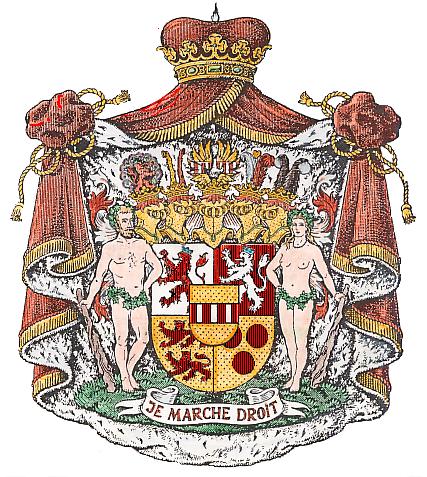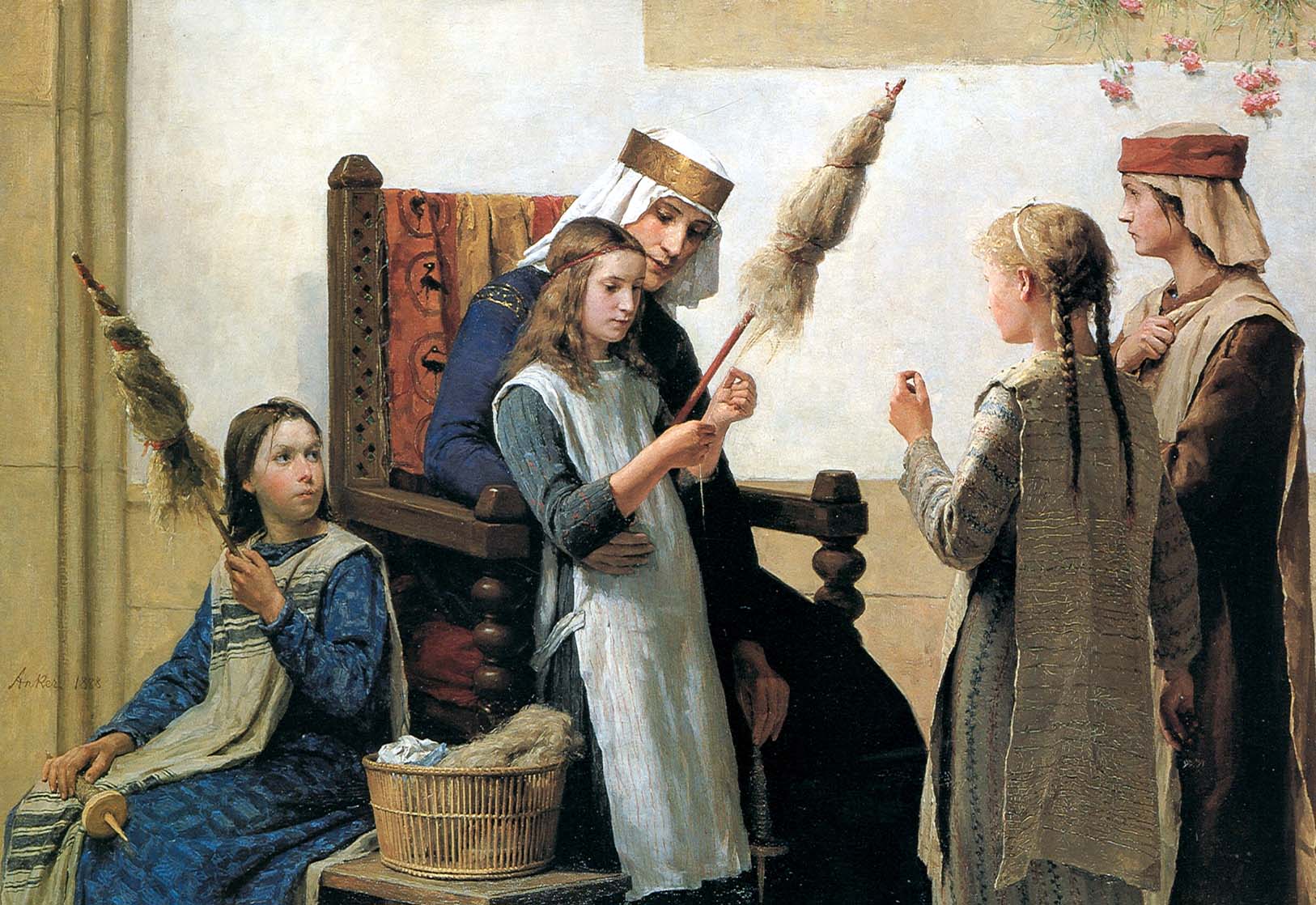|
Eberhard I, Count Of Bonngau
Eberhard I, count of Bonngau and count in Zulpichgau and in Keldachgau (904 – 937), son of Erenfried I of Maasgau. He left children: *Hermann I count in Auelgau (922/48), who had children: **Eberhard II count in Auelgau (died 966), and **Gottfried count in Auelgau (966/70). *Erenfried II Erenfried II (died ) was a Lotharingian nobleman, from the area of Bonn in what is now Germany. According to one proposal, he was a son of Eberhard I, Count of Bonngau and Zülpichgau. He could otherwise be the same as Ehrenfrid, son of Ricfrid ... count in Zülpichgau; *Dietrich, count in Drente and in Salland, count of Hamaland (died before 964). He married Amalrada van Hamaland. {{DEFAULTSORT:Eberhard I, Count Of Bonngau Ezzonids House of Limburg-Stirum Counts of Germany 937 deaths Year of birth unknown ... [...More Info...] [...Related Items...] OR: [Wikipedia] [Google] [Baidu] |
Erenfried I
Erenfried I of Maasgau was the count of Bliesgau, , , and the count of Charmois ( fl. 866–904). He married Adelgunde of Burgundy (860–902), a daughter of Conrad II, Duke of Transjurane Burgundy, Count of Auxerre, and Judith de Frioul. They left children: *Eberhard I, Count of Bonngau, count in and in Keldachgau, *Hermann I, Archbishop of Cologne Herman I (died April 11, 924) was Archbishop of Cologne from 890 to 924. He was the son of Erenfried I of Maasgau, of the Ezzonian dynasty. As chancellor of Zwentibold, King of Lotharingia, he helped to execute in 911 his kingdom's annexation to ... (890–924), Chancellor of King Zwentibold of Lorraine, *Ermenfried. {{DEFAULTSORT:Erenfried 01 Ezzonids House of Limburg-Stirum Counts of Germany 904 deaths Year of birth unknown ... [...More Info...] [...Related Items...] OR: [Wikipedia] [Google] [Baidu] |
Erenfried II
Erenfried II (died ) was a Lotharingian nobleman, from the area of Bonn in what is now Germany. According to one proposal, he was a son of Eberhard I, Count of Bonngau and Zülpichgau. He could otherwise be the same as Ehrenfrid, son of Ricfrid. He was Count in the Keldachgau, Count in the Zülpichgau (942), in the Bonngau (945), and in Hubbelrath (950). Possibly he was also the count of this name in the Hattuariergau (947) and in the neighbouring Tubalgau (Duffelgau) (948). In this period there was also count of this name in the Belgian county of Huy, who was possibly also Vogt of Stavelot Abbey. It is proposed that he married Richwara (died 10 July 963) and had issue: * Hermann I, Count Palatine of Lotharingia. Although there is record of Hermann's mother being Richwara, the proposal concerning who his father was is likely but not certain. * Erenfried, Abbot of Gorze (same as Poppo II Bishop of Würzburg (961-983)?) ( fl. 999). References # Instituts für Geschichtsfo ... [...More Info...] [...Related Items...] OR: [Wikipedia] [Google] [Baidu] |
Ezzonids
The Ezzonids (, ) were a dynasty of Lotharingian stock dating back as far as the ninth century. They attained prominence only in the eleventh century, through marriage with the Ottonian dynasty of Holy Roman Emperors. Named after Ezzo, Count Palatine of Lotharingia from 1015 to 1034, they dominated the politics of the middle and lower Rhine and usually represented the royal interests. Under the Salian Emperors, they even briefly held the dukedoms of Swabia, Carinthia, and Bavaria. The Ezzonids first appear with Erenfried I (866904), count of the Bliesgau, , and , and perhaps also of the Charmois. He may have had Carolingian ancestors, although some historians prefer to link him to the former Thuringian kings. The political ascent of the Ezzonid dynasty becomes historically visible with the number of counties they acquired in the second half of the tenth century. They ruled most of the Rhenish counties and were eventually granted Palatine status over the other counts of the ... [...More Info...] [...Related Items...] OR: [Wikipedia] [Google] [Baidu] |
House Of Limburg-Stirum
The House of Limburg-Stirum (or Limburg-Styrum), which adopted its name in the 12th century from the immediate county of Limburg an der Lenne in what is now Germany, is one of the oldest families in Europe. It is the eldest and only surviving branch of the House of Berg, which was among the most powerful dynasties in the region of the lower Rhine during the Middle Ages. Some historians link them to an even older dynasty, the Ezzonen, going back to the 9th century. The Limburg-Stirum were imperial counts within the Holy Roman Empire, until they were mediatised in 1806 by the Confederation of the Rhine. Although undisputedly a mediatised comital family, having enjoyed a dynastic status for over 600 years until the collapse of the Empire, they were omitted from the ''Almanach de Gotha'' because the branches of the family possessing mediatised lands were extinct by the time (1815) that the Congress of Vienna established the German Confederation's obligation to recognise their dynas ... [...More Info...] [...Related Items...] OR: [Wikipedia] [Google] [Baidu] |
Counts Of Germany
Count (feminine: countess) is a historical title of nobility in certain European countries, varying in relative status, generally of middling rank in the hierarchy of nobility. Pine, L. G. ''Titles: How the King Became His Majesty''. New York: Barnes & Noble, 1992. p. 73. . The etymologically related English term "county" denoted the territories associated with the countship. Definition The word ''count'' came into English from the French ''comte'', itself from Latin ''comes''—in its accusative ''comitem''—meaning “companion”, and later “companion of the emperor, delegate of the emperor”. The adjective form of the word is "comital". The British and Irish equivalent is an earl (whose wife is a "countess", for lack of an English term). In the late Roman Empire, the Latin title ''comes'' denoted the high rank of various courtiers and provincial officials, either military or administrative: before Anthemius became emperor in the West in 467, he was a military ''comes ... [...More Info...] [...Related Items...] OR: [Wikipedia] [Google] [Baidu] |
937 Deaths
Year 937 ( CMXXXVII) was a common year starting on Sunday (link will display the full calendar) of the Julian calendar. Events By place Europe * A Hungarian army invades Burgundy, and burns the city of Tournus. Then they go southwards to Italy, pillaging the environs of Naples, Benevento and Monte Cassino. When the Hungarians return home, they are attacked in the Apennine Mountains by Lombard forces, losing their plunder (approximate date). * July 11 – King Rudolph II of Burgundy dies after a 25-year reign, and is succeeded by his 12-year-old son Conrad I ("the Peaceful"). His wife, Queen Bertha, takes effective control of unified Burgundy, transferring its capital to Arles (that Burgundian kingdom was later known from the 12th century as the Kingdom of Arles). * King Otto I refuses to give land to his older (illegitimate) half-brother Thankmar, who gains the support of Eberhard III (duke of Franconia) and Wichmann the Elder, and seizes the fortress of Eresb ... [...More Info...] [...Related Items...] OR: [Wikipedia] [Google] [Baidu] |



